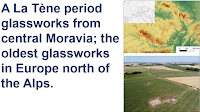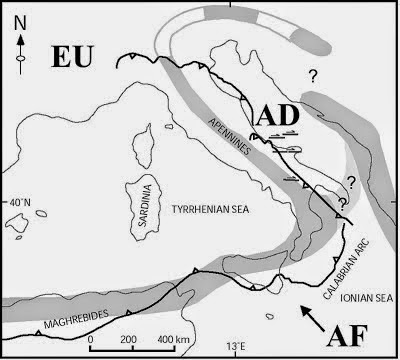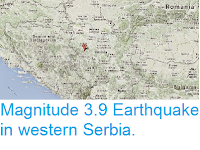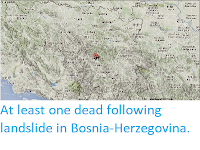Archaeologists from the Korčula Town Museum, the University of Zagreb, and Dubrovnik Museums, have uncovered an Iron Age Illyrian helmet at an ancient graveyard on the Peljesac Peninsula in southern Croatia. The helmet was found upright on its own in a separate chamber to any Human burial, leading the archaeologists involved to conclude that it was placed there as a votive offering (an object of value placed in a sacred place as an offering) rather than as grave goods with a specific individual.
Surprisingly, this is the second such helmet burial found at the cemetery, implying that this was an important ritual activity for the Illyrians of the Peljesac Peninsula. The previous helmet, uncovered in 2020, was dated to about 400 BC, but the style of the newly discovered helmet suggests it to be slightly older, possibly dating to between 500 and 600 BC.
The term 'Illyrian' derives from 'Illyrioi' ('Ἰλλυριοί') was used by the Ancient Greeks to describe the peoples of the northwest Balkan Peninsula, and probably refers to a group of peoples with similar cultures and languages rather than a single group that would have identified as 'Illyrian'. They were regarded as barbarians by both the Greeks and Romans, but appear to have been organised into several distinct kingdoms with well-understood boundaries and trade networks, ruled from walled cities. They were able to hold their territory against potentially aggressive neighbours such as the Greeks, Macedonians, and Thracians, and for a time were considered a maritime power, presenting a threat to shipping on the Adriatic and raiding coastal communities. They proved less able to defend themselves against later Roman incursions, however, and all the Illyrian kingdoms were conquered by Rome in a series of wars between 229 and 168 BC.
See also...










%20(1).png)







































